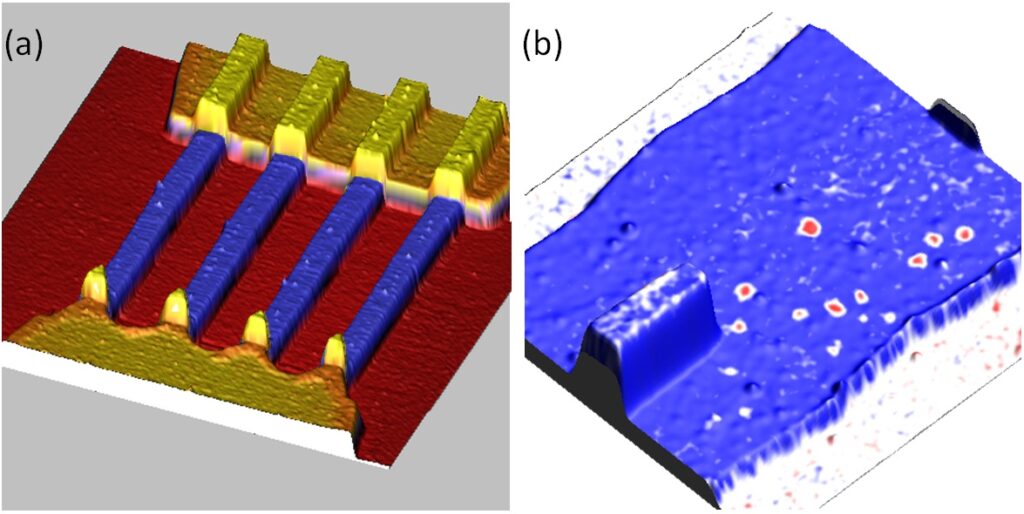Magnetic skyrmions may be the future information carriers in information technologies. We have identified a new sample structure which favors their stability and demonstrated how to control them with an electrical current in a magnetic nanotrack.
The development of information and communication technologies requires increased capacity memories with lower consumption. The challenge no longer lies in improving existing devices but in creating innovating concepts. One idea involves memories where data are moved along magnetic nanotracks where they are written or read sequentially. We explore the use of magnetic nanobubbles as information carriers. Using a medium that imposes a unique magnetization rotation sense, these bubbles, called skyrmions, are topologically non-trivial, and it is impossible to annihilate them by any continuous transformation.
In order to impose a unique magnetization rotation sense and a non-trivial topology, the system must not be inversion symmetric. In most studies, the sample structure artificially breaks the inversion symmetry: the magnetic layers are sandwiched between two different non-magnetic layers such as platinum or oxides. In our study, we have shown than a globally symmetric sample can easily stabilize skyrmions. The sample contains two magnetic layers, each of them in a stacking that breaks the inversion symmetry, superimposed in a symmetric manner to introduce additional dipolar couplings. Therefore, 160-nm-diameter skyrmions have been observed. In nanotracks, we have demonstrated all the basic functionalities toward the development of skyrmion-based memories (see figure a). In the vicinity of electrical contacts narrower than the tracks, skyrmions are generated thanks to the current density concentration. The skyrmions are then moved by the pressure exerted by the same current. More fundamentally, we have observed a tendency of skyrmion to move toward a given side of the track (see figure b). This effect, analogue to the Magnus effect that explains the curved trajectory of a ball when rotating on itself, it intimately connected to the skyrmion topological nature and confirms its specific internal structure.

Reference
Current-induced skyrmion generation and dynamics in symmetric bilayers
A. Hrabec, J. Sampaio, M. Belmeguenai, I. Gross, R. Weil, S.M. Cherif, A. Stashkevich, V. Jacques, A. Thiaville & S. Rohart
Nature Communications 8, 15765 (2017)
doi:10.1038/ncomms15765
